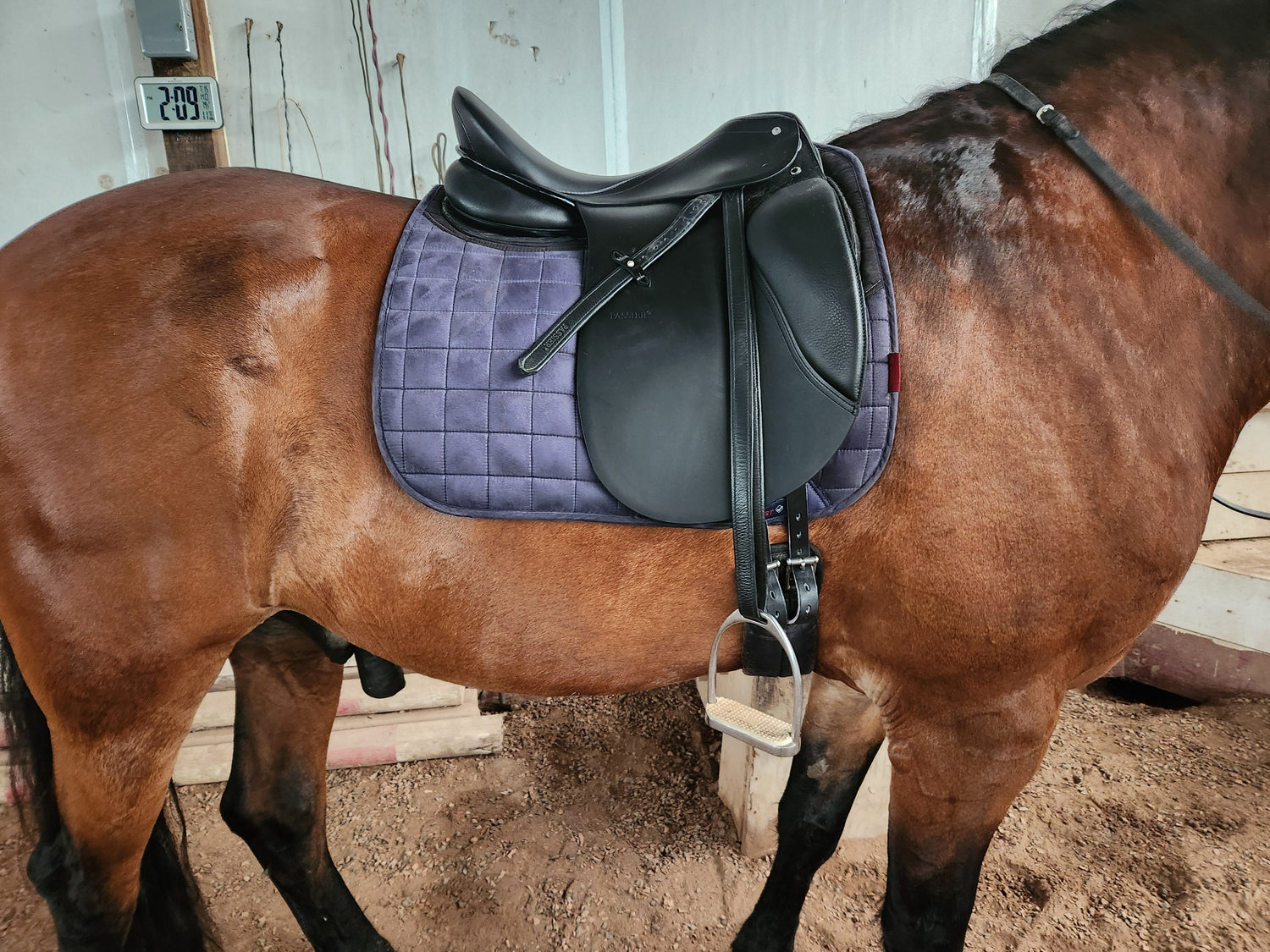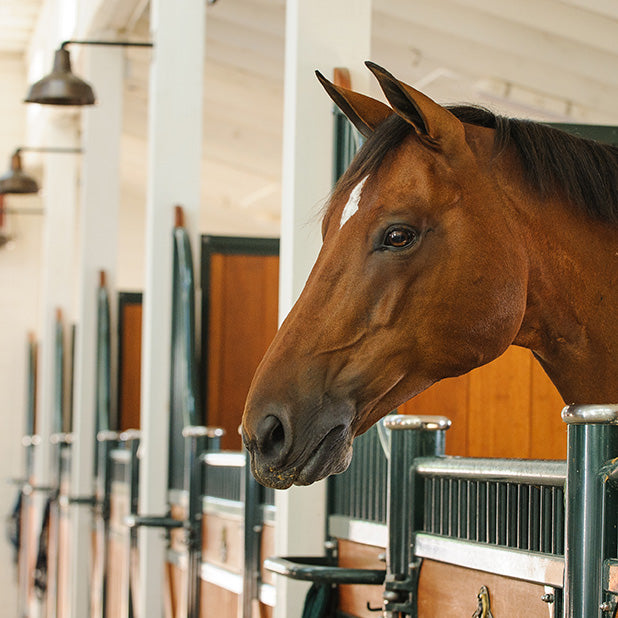Why a Balanced Saddle Matters
From an old German book on riding. Balance as a basic concept of saddle fit. The correct balance is on the top.

"Love this saddle, fits every horse!"
Have you ever heard someone say that? I have, and it makes me cringe. While certain horse types share similar features (e.g. the Thoroughbred "shark fin" withers), it is important to look at every horse as a distinct individual.
There are several factors to consider when evaluating saddle fit, one of them is BALANCE.Why Saddle Balance Matters
- A balanced saddle distributes your weight evenly across the horse's back and thus prevents discomfort.
- A balanced saddle positions the rider in a balanced seat, able to synchronize their movement with the horse's movement.
Pommel-high Saddle - Cantle-high Saddle
When the saddle is tilting back and sits too high in the front (pommel-high), the rider sits too far back on the saddle, putting increased pressure on the rear part of the horse's back.When the saddle is tilting forward and sits too high in the cantle (cantle-high), the rider falls forward, putting increased pressure on the gullet plate and tree points.Either imbalance can lead to:- Back soreness
- Hollowing and unable to step under
- Rushing under saddle
- No bascule over jumps
- After some time in a compensatory posture, also to hock and stifle problems
- Behavior issues like bucking, crow hopping

A balanced saddle will put the rider in the right position,...
...namely aligned with the horse's center of gravity, able to be "in the movement", not behind or in front.
In an imbalanced saddle, the rider will be:
- Behind or in front of the horse's movement
- Having a hard time keeping secure balance
- Having to use the wrong muscles to keep up with the horse's movement
- Unable to maintain a balanced, independent seat, having to 'work' to maintain the "proper" seat position
How to recognize a balanced (English) saddle
Place a round piece of chalk or a round piece of wood on the saddle. It will roll toward the lowest point. This lowest point should be in the middle or the saddle. If you do not have such an item, imagine you did. You will quickly determine the right spot.

Ideally, this lowest point should also be aligned with or as close as possible to the horse's center of gravity.
Basic saddle fit concepts must be part of every rider's "Basic Rider Training".
Exploring saddle fit with your horse can be fun, interesting and quite the eye-opener... I am happy to help you with your saddle fit questions.
As a horse wellness specialist and certified Passier Saddle Fitter, saddle fit is an important topic for me. An uncomfortable horse cannot perform well. To book your custom Passier saddle fitting or an evaluation of your current saddles, please contact me.
You can also use our Saddle Fitting Input Form to provide some information about you and your horse. We will then be happy to give you some first input.
I also recommend to add a book about saddle fit to your library. Here some I really like:
The Horse's Pain-Free Back and Saddle-Fit Book
As always, enjoy your horse!
Stefanie Reinhold


